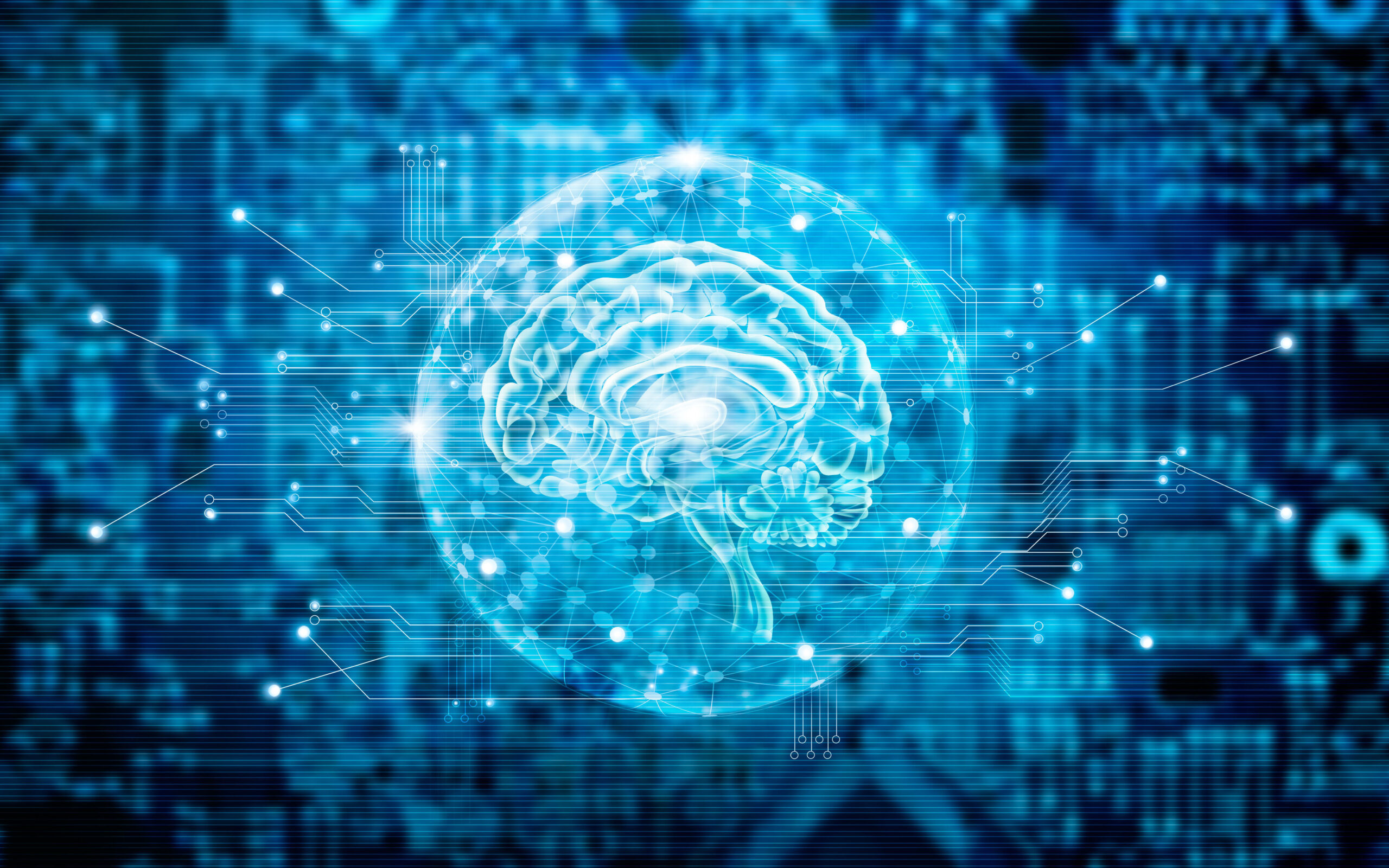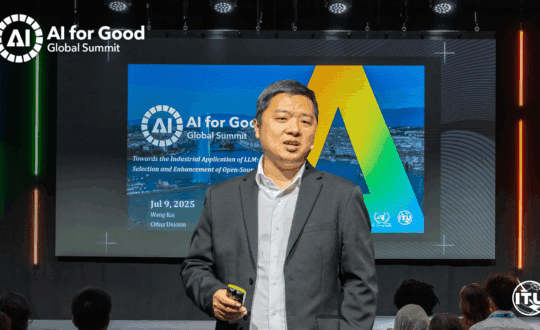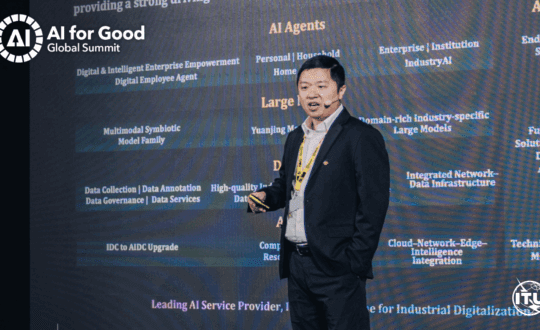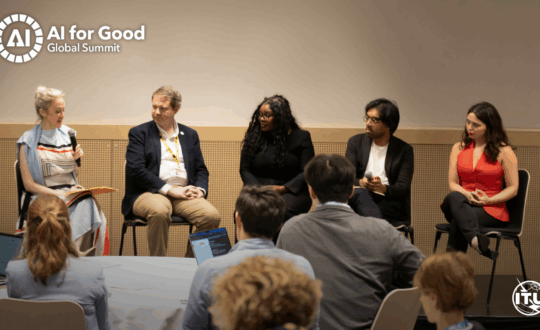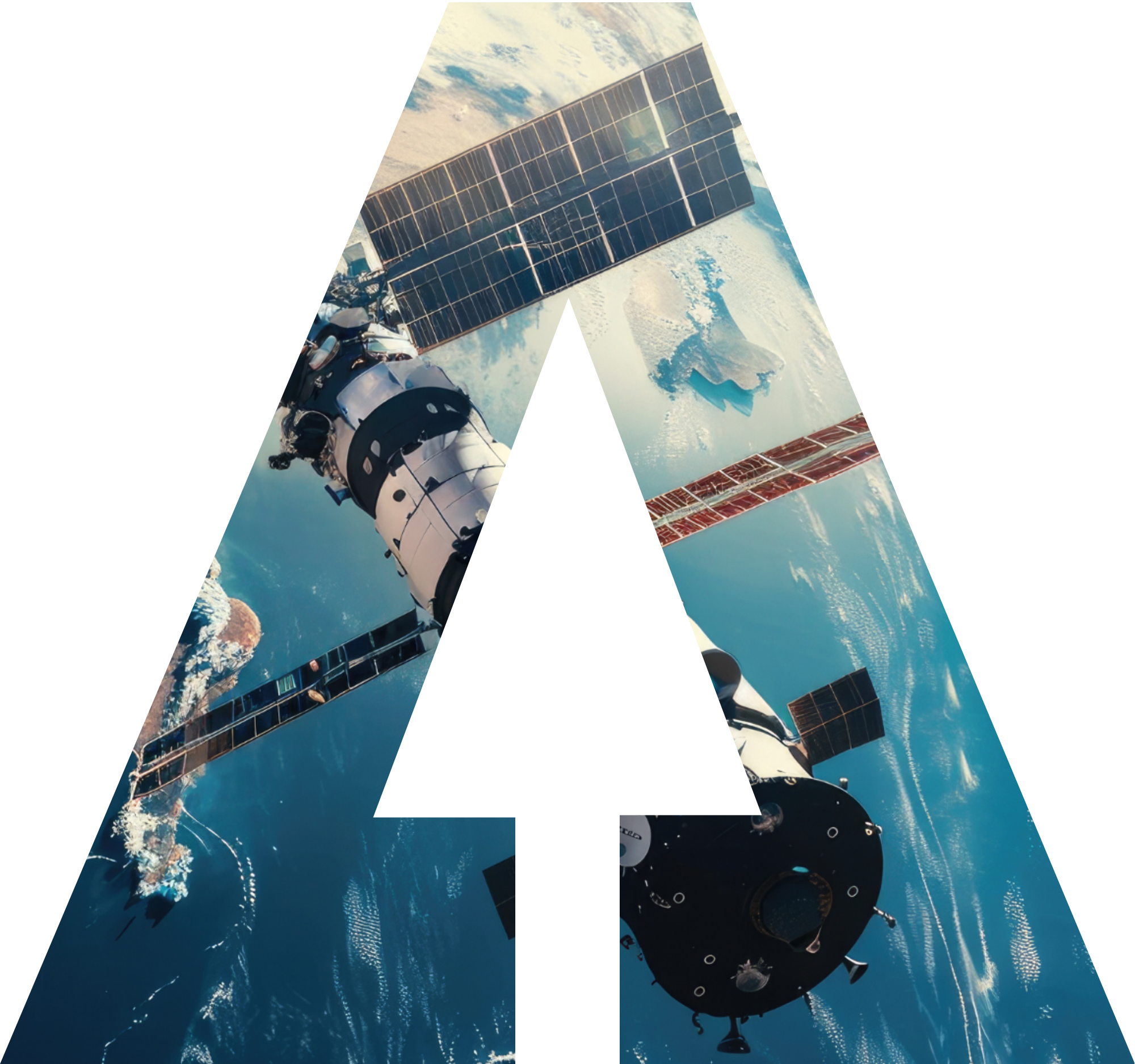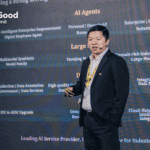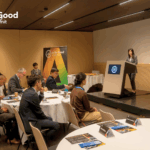Brain-Computer Interface (BCI) technology, the “neural bridge” connecting biological intelligence to the digital world, is crossing the boundaries from science fiction to reality at unprecedented speed. By capturing and interpreting neural electrical signals, it enables direct interaction between the brain and external devices, ushering in a new era of “human-machine integration.” From meticulous laboratory exploration to its current large-scale deployment in fields like medical rehabilitation, industrial safety, and adaptive communication, BCI is profoundly reshaping the boundaries of human-computer interaction and the frontiers of human capability. At this pivotal moment in the surging wave of this technology, the “Brain-Computer Interfaces: Standards for Technical Safety and Diverse Application Scenarios” workshop, spearheaded by the China Academy of Information and Communications Technology (CAICT), will make its grand debut at the International Telecommunication Union (ITU) AI for Good Global Summit in Geneva on July 9, 2025. This event focuses on fostering essential collaboration on technical safety standards and exploring diverse, universally beneficial application scenarios, establishing a core dialogue platform for the global industry centered on “Safety as the Foundation, Innovation-Driven, and Shared Benefits.”
China’s BCI industry is infusing the warmth and power of technology into the national economy and people’s livelihoods through solid application exploration and tangible impact:
- Safeguarding the lifeline of industrial safety: In the harsh environments of mines, high-altitude regions, and large-scale construction machinery operations, BCI-based emotion and fatigue real-time monitoring systems developed by Chinese enterprises act as “neural sentinels,” precisely safeguarding the condition of personnel in high-risk positions. Deployment in a major mining region has led to a significant decrease in fatigue-related incidents, fortifying production safety with an intelligent, predictive defense line that proactively prevents accidents before they occur.
- Illuminating new hope for special education: BCI attention training systems designed for special children, including those with autism, have become powerful tools in educational institutions nationwide, serving thousands of students. By providing intuitive, real-time neural feedback through engaging interfaces, these systems effectively help children enhance their sustained attention, emotional regulation, and willingness to communicate, opening a vital new window for “children of the stars” to integrate into society and unlock their potential.
- Reshaping new pathways in medical rehabilitation: In the realm of medical rehabilitation – arguably BCI’s most heartwarming application domain – Chinese technology shines brightly with its commitment to good: non-invasive BCI-driven, thought-controlled rehabilitation devices are helping numerous stroke patients bypass damaged neural pathways, enabling them to train paralyzed limbs directly through “thought,” fostering neural plasticity. Clinical research indicates this approach significantly improves the recovery speed of key muscle groups. Meanwhile, invasive BCI technology has achieved major breakthroughs in spinal cord injury treatment; cutting-edge brain-spinal interface devices have successfully assisted several long-term paraplegic patients in regaining preliminary standing and walking abilities, rekindling profound hope for recovery and greater independence. These practices, rooted in China and serving the world, are the most vivid interpretation and compelling testament to the core concept of AI for Good.
As a critical link connecting life and machine, the responsible and equitable development of brain-computer interfaces urgently requires global wisdom, diverse perspectives, and sustained collaboration. Chinese BCI technology R&D institutions, academia, and the vibrant industry ecosystem collectively and eagerly anticipate leveraging the authoritative, neutral, and far-reaching global platform of the ITU to deepen cross-domain and international cooperation:
We propose and are steadfastly committed to, within the ITU framework, jointly building an open, transparent, and future-proof international technical safety standard system for BCIs. By collaboratively establishing dedicated technical specification working groups, accessible open-reference testing platforms, and robust, ethical data-sharing mechanisms, we will tackle critical common challenges such as end-to-end signal security, ironclad privacy protection for sensitive neural data, complex neuroethical considerations (including agency and bias), and long-term device reliability, charting a safe and trustworthy course for global technological innovation. Simultaneously, we call for and welcome diverse stakeholders worldwide – including enterprises, leading universities, specialized research institutions, non-governmental organizations, healthcare providers, and patient advocacy groups – to join us in co-creating a dynamic, transnational, and multidisciplinary collaborative R&D and application transformation platform. Focusing on major directions crucial to universal human well-being, such as advancing brain health diagnostics and therapies, developing accessible communication solutions for the severely disabled, and pioneering inclusive next-generation human-computer interaction paradigms, we aim to dramatically accelerate the transition of breakthrough technologies from the laboratory bench to widespread societal benefit.
Relying on ITU’s robust global coordination network and convening power, China’s BCI community is ready to share our comprehensive experiences in technological breakthroughs, developing pragmatic ethical governance frameworks, and navigating the path to successful industrial transformation and scaling. We are even more eager to actively listen, learn from, and thoughtfully integrate global best practices and diverse viewpoints. Let us pool our collective wisdom, forge actionable consensus, and transform BCI technology into a truly resilient global “neural tether” that transcends borders and connects the common well-being, dignity, and enhanced potential of all humanity. Under the unifying banner of AI for Good, China stands ready to join hands with the world in genuine partnership. With safety and trustworthiness as our unwavering cornerstone standards and open, inclusive, mutually beneficial cooperation as our indispensable bridge, let us collectively chart an inspiring new global vision where brain-computer interfaces empower a demonstrably brighter, more equitable, and profoundly human future – ensuring every resonant pulse of this transformative technology aligns perfectly and meaningfully with the progressive rhythm of our shared human destiny and the community with a shared future for mankind.
About the author
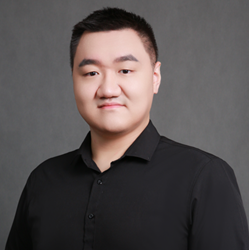
Liyan Liang, Researcher, China Academy of Information and Communications Technology (CAICT)
Short bio: Dr. Liang Liyan graduated from Tsinghua University and currently serves as an Researcher at the China Academy of Information and Communications Technology (CAICT). His main research focuses on industry tracking, technical research, standardization, and testing verification related to Brain-Computer Interface (BCI) and biomedical signal processing. He has published over 20 academic papers, and holds 3 national invention patents. He led the development of 1 industry standard and multiple group standards for BCI, including spearheading the release of the first consumer-grade BCI standard: TCAS 891-2024 Technical Requirements and Test Methods for EEG-Based Attention Monitoring Systems. Additionally, he organized the industry-wide release of the BCI Standardization Roadmap (2025). He participated in organizing 2 sessions of the China Brain-Computer Interface Competition and 6 sessions of the BCI Brain-Controlled Robot Competition. He has led or participated in more than ten research projects related to brain-computer interfaces.


